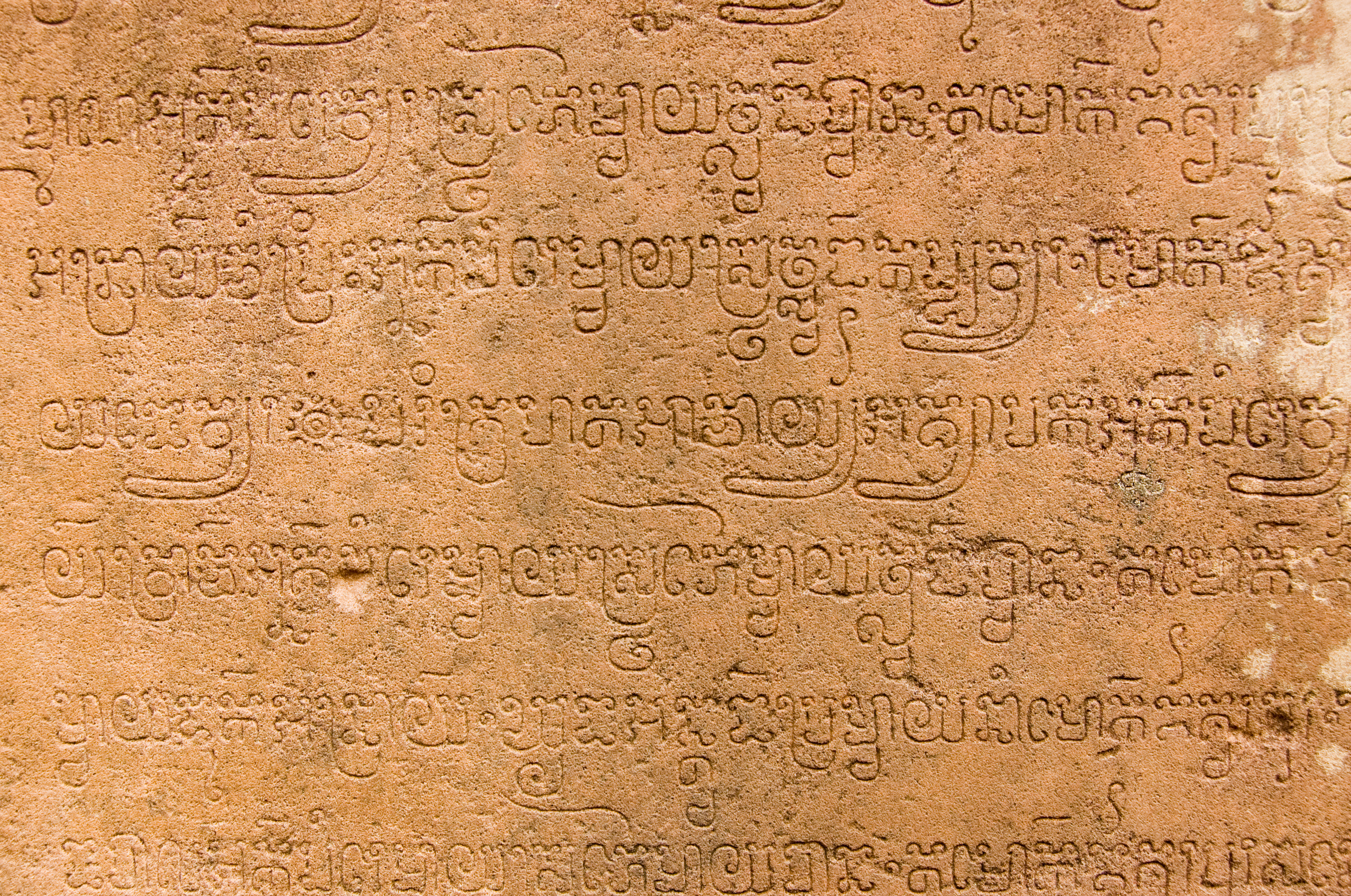For those interested in getting an astrology reading for the first time, and for those who are very new to the study of this science, I would like to write a brief summation of the key components of vedic astrology.
Jyotish is the study of how various celestial phenomena affect our world and the lives we live. Depending on the depth of skill of the astrologer, this study examines the effect of everything from the Sun, Moon and seasons up to the various planets, eclipses, zodiac signs and even the effects of passing meteors and other celestial events. Despite the possibility of being incredibly encompassing and vast, there nonetheless are certain foundational teachings upon which the whole edifice of jyotish is built, and for the sake of this essay we will examine what I see as the four main pillars of jyotish; 1)the zodiac and planets, 2)the houses, 3)the nakshatras and 4)the dashas.
The Zodiac and Planets
The basis of both western and eastern astrology is the premise that the lights emanating from the stars of the constellations, the planets and the luminaries have a pronounced effect upon us. Upon examination we see that in general the magnitude of brightness also plays a role in this, for the Sun and Moon are the strongest, then the planets and finally the stas in the constellations (being dimmer than the planets or luminaries). In a future article I will try to give some of my own ideas for a possible scientific explanation of the role light plays in astrology through the lense of basic quantum theory, but for now we will take for granted that these lights have a direct effect upon us.
In Jyotish we use 9 planets, but exclude Uranus and Neptune typically and instead use the southern and northern nodes of the Moon called Ketu and Rahu respectively. In western parlance these are called the tail and the head of the dragon, and in vedic and puranic literature they are depicted as two demons chasing the sun and moon to devour them. Hence they are associated with solar and lunar eclipses, and in jyotish play an important role in determining past life karmas and major struggles and obstacles in this life. The other 7 planets used are the classical planets that follow the order of the weekday; Sun, Moon, Mars, Mercury, Jupiter, Venus and Saturn. While in western astrology the Sun is often seen as the most important planet and hence the importance of a person’s “sun sign”, in traditional vedic astrology the Moon is the most important planet in determining character traits, appearance and psychology. In more modern jyotish the Moon and ascendant are both observed for these details, or sometimes just the ascendant.
All of the planets have an affect which changes depending on which zodiac sign the planet is posited in and its relationship between that sign and the planet that is said to “rule” that sign. The interplay of the planets in the zodiac in this manner forms perhaps the most essential and universal part of astrology amongst all schools of thought. The difference occurs in the methods of examining these interactions and also in how to calculate where the zodiac signs themselves are. Now wait a minute, how can the zodiac signs differ between schools? Well this will be covered in much more detail in my article “Western vs Eastern Astrology”, but suffice it for now to say that the western school uses a seasonal zodiac where Aries is marked at the first day of spring while the Vedic school uses a sidereal zodiac wherein Aries is reckoned as the actual constellation in the night sky. Since light seems to be the main mechanism behind the science of astrology the vedic seers preferred to use the actual stars in the sky, but in the aforementioned article I will also try to expound upon the merit of the western tropical zodiac as well and explain how both can give results by different mechanisms

